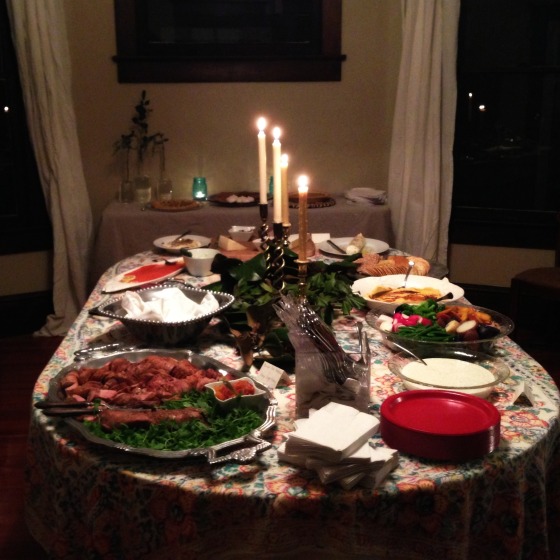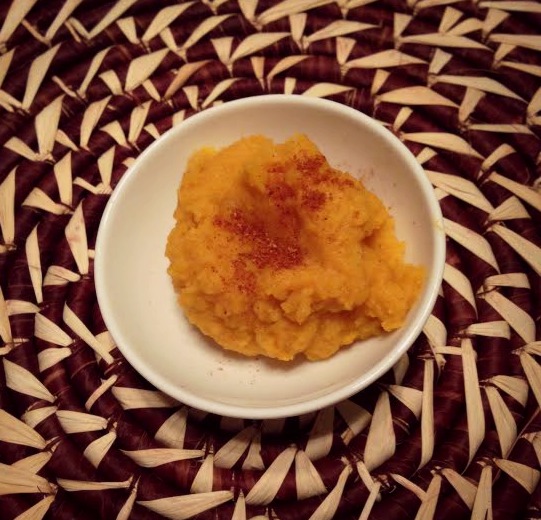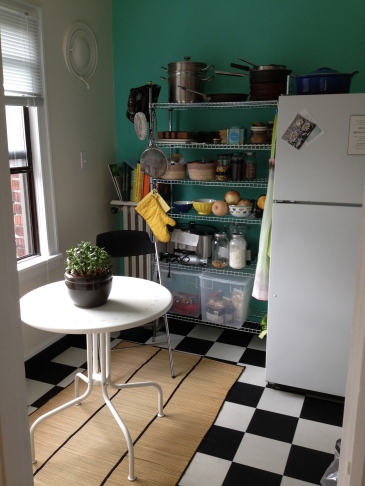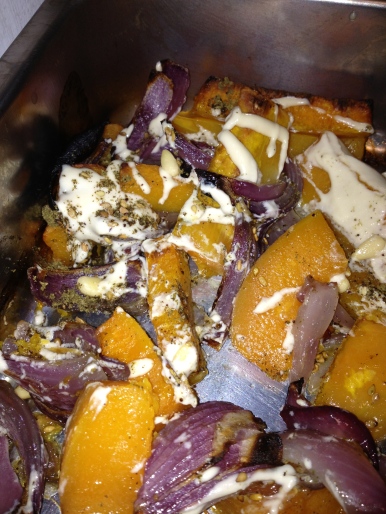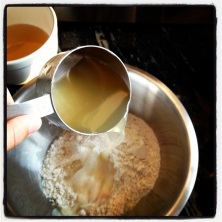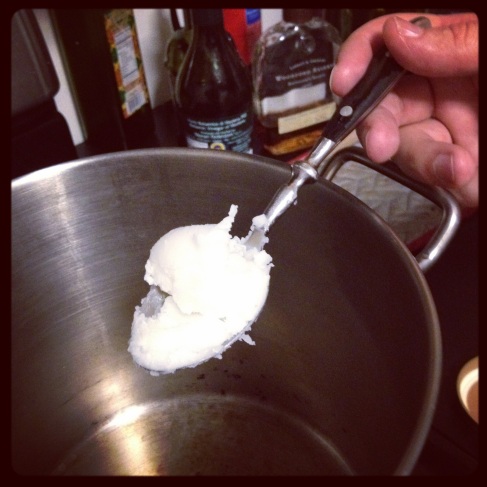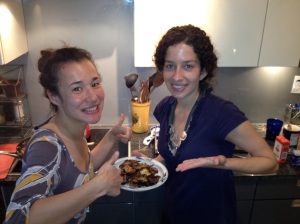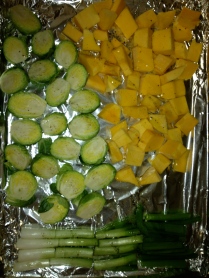Wow! Has it really been three months since we’ve posted on here? As everyone else jaunts off on world travels and family trips, we are here, waiting for our little boy to arrive. (It’s so weird to write that still!)

A photo by our amazing friend Kelli, of Kelli-GO Photo, at 33 weeks.
I’m 38 weeks today, and expect him to come anytime from any day now to four weeks from now. This waiting time is kind of weird: we’re two, we’re about to be three, and we know that our lives are about to be irrevocably changed forever. What now is a series of kicks and pushes, and imaginations will all of a sudden be real, without pause, without a chance to absorb it all. We’ll just be thrown into it. But we’re excited–beyond, excited really–to see what this creature is like, what he becomes, and what we’ll learn from him. What an adventure.
We’ve felt so loved and supported, by you all, by our amazing friends–from two amazing baby showers, to the advice, porch sitting, emails, and calls–we feel so, so lucky to be bringing a child into this particular community. And while we wait, we’ve been in major nesting mode–tearing down a pergola, painting the house, setting up the nursery, and cooking tons of food for the freezer. We’ve also inexplicably signed ourselves up for lots and lots of social outings, which inevitably also come with the end of the school year and the beginning of Spring, so I decided to write up this quinoa salad recipe, of which there are a million variations, just because it’s easy and good, and it was the only way I’d have a recipe with an actual photo to post here! I added the chipotle last minute, as I thought it needed a little kick, but of course, you can leave it out, and/or add feta or any number of different veggies or types of beans to the mix. It serves a ton of people, is great for lunch or a picnic, and is healthy.
Enjoy! And I’ll keep you all posted if you keep me posted! xoxo
Quinoa Black Bean Salad with Chipotle-Tahini Dressing
- 2 C. white or red quinoa
- 1/4 C. olive oil
- 1.5 C. frozen white sweet corn, or fresh corn off the cob
- 3 C. (or about 2 cans) cooked black beans
- 3 carrots, grated
- 4 green onions, chopped
- 1 pint cherry tomatoes, halved
- 1/4 C. tahini
- ~1/4 C. or so apple cider vinegar or lime juice
- water
- salt and pepper
- 2 tsp. ground chipotle chile powder
- Optional: small bunch of cilantro or chives, chopped
Cook the quinoa in lots of salted water for ~15 minutes, or until done. Drain and toss with olive oil plus a splash of cider vinegar or lime juice. While quinoa is still hot, toss with the frozen or fresh corn. When it cools down to room temperature, add in the black beans, carrot, green onions, and tomatoes.
Stir the tahini and the vinegar or lime juice together until the tahini breaks down into a thick white paste. Add the chipotle, salt to taste, and enough water to make it dressing consistency. Taste and add more vinegar, water, or salt to taste. Toss the quinoa mixture with the dressing, adding extra olive oil or vinegar if it seems too dry. Top with the optional cilantro or chives, if desired. Serve at room temperature or chilled.




